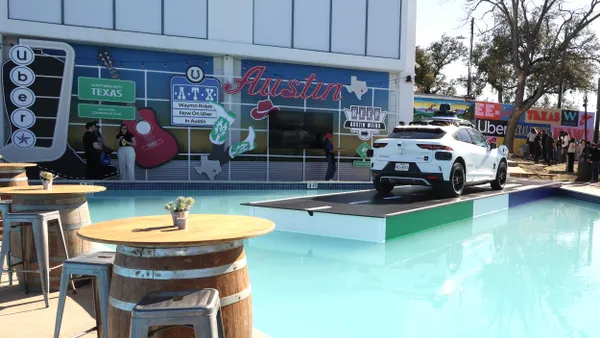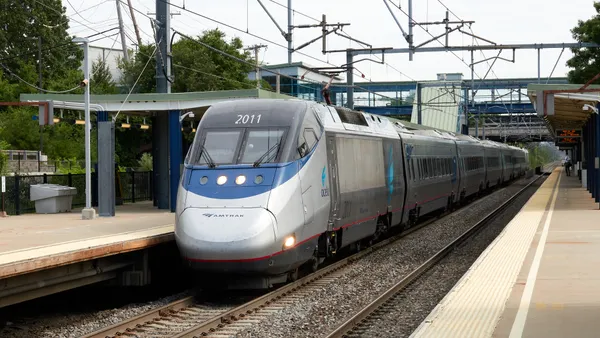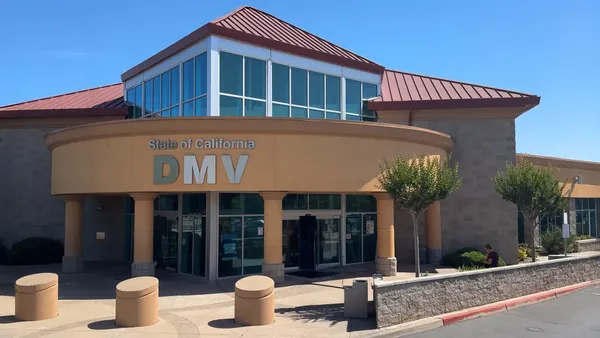Dive Brief:
- Central Ohio Transit Authority (COTA) trustees have approved the agency’s plan to add 10 electric buses to the fleet while continuing to phase out its existing diesel vehicles, according to Columbus Business First.
- The transit authority will add $2 million in electric vehicle charging stations at a bus maintenance and storage facility by next summer, along with a $25 million compressed natural gas fueling station. The agency will seek bids from suppliers, with delivery of the buses expected in 2019 or 2020.
- The agency says the electric buses can cost between $739,000 and $958,000, far more than a diesel or compressed natural gas-powered bus. But it’s expected that annual fuel and maintenance cost savings would offset the difference over the lifespan of the vehicles.
Dive Insight:
Columbus has been deliberately phasing out its dirtier diesel buses, having not purchased any new ones since 2012. While the replacements are expensive, COTA has applied for a federal grant for alternative fuel buses, and could also use money from the settlement over Volkswagen’s emissions scandal.
It fits with the city’s push for a clean transportation system since winning the U.S. Department of Transportation’s Smart Cities Challenge in 2016. Through grant funding from the challenge, Columbus has already initiated work on projects including connected vehicles, mobility access for low-income residents and widespread electric vehicle deployment. This month, the city put out $30,000 for private taxi fleets to purchase electric vehicles (EVs), and in February it pledged a $2 million investment on a lease-to-own program for 93 electric vehicles for city use.
Beyond their lower maintenance and fuel costs, electric buses offer a way for cities to meet their carbon emissions goals through public investments. San Francisco announced last month it would fully electrify its bus fleet by 2035, and cities including Washington, DC, St. Louis, MO and Chicago have all purchased their own.
While electrification is expected to be a winner because buses drive predictable routes and can be charged overnight, there’s still concern about whether they can handle the heavy load and long lifetime needed for transit infrastructure. Deploying more in a controlled manner can help gather more data and offer a model for other cities looking to electrify their transit fleets.









